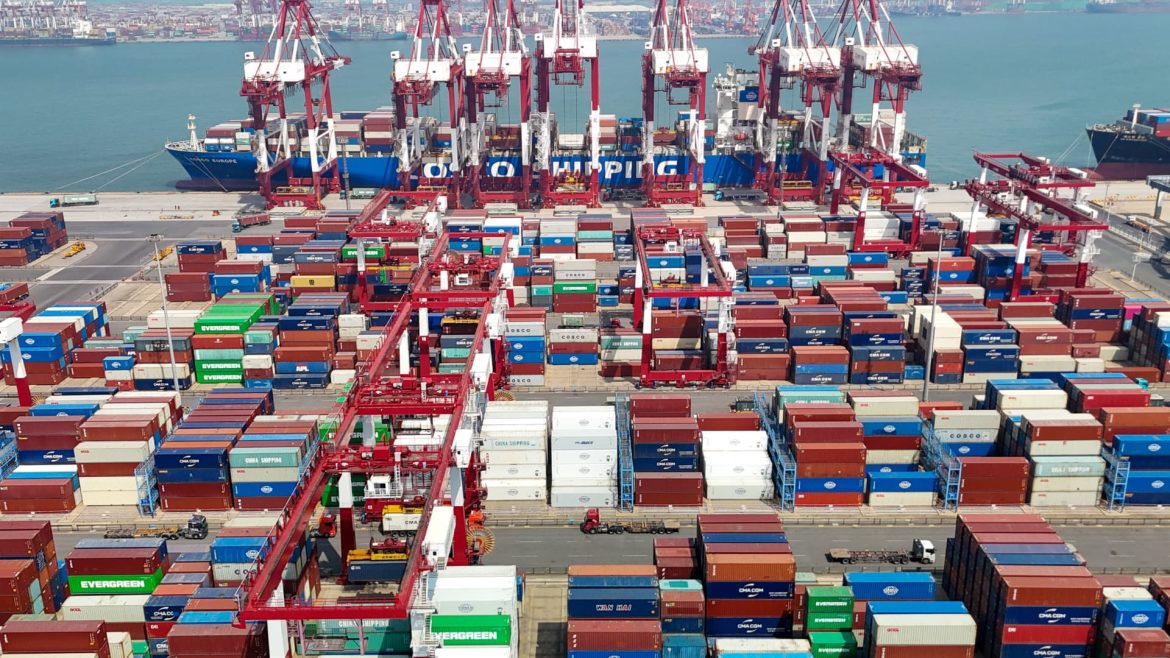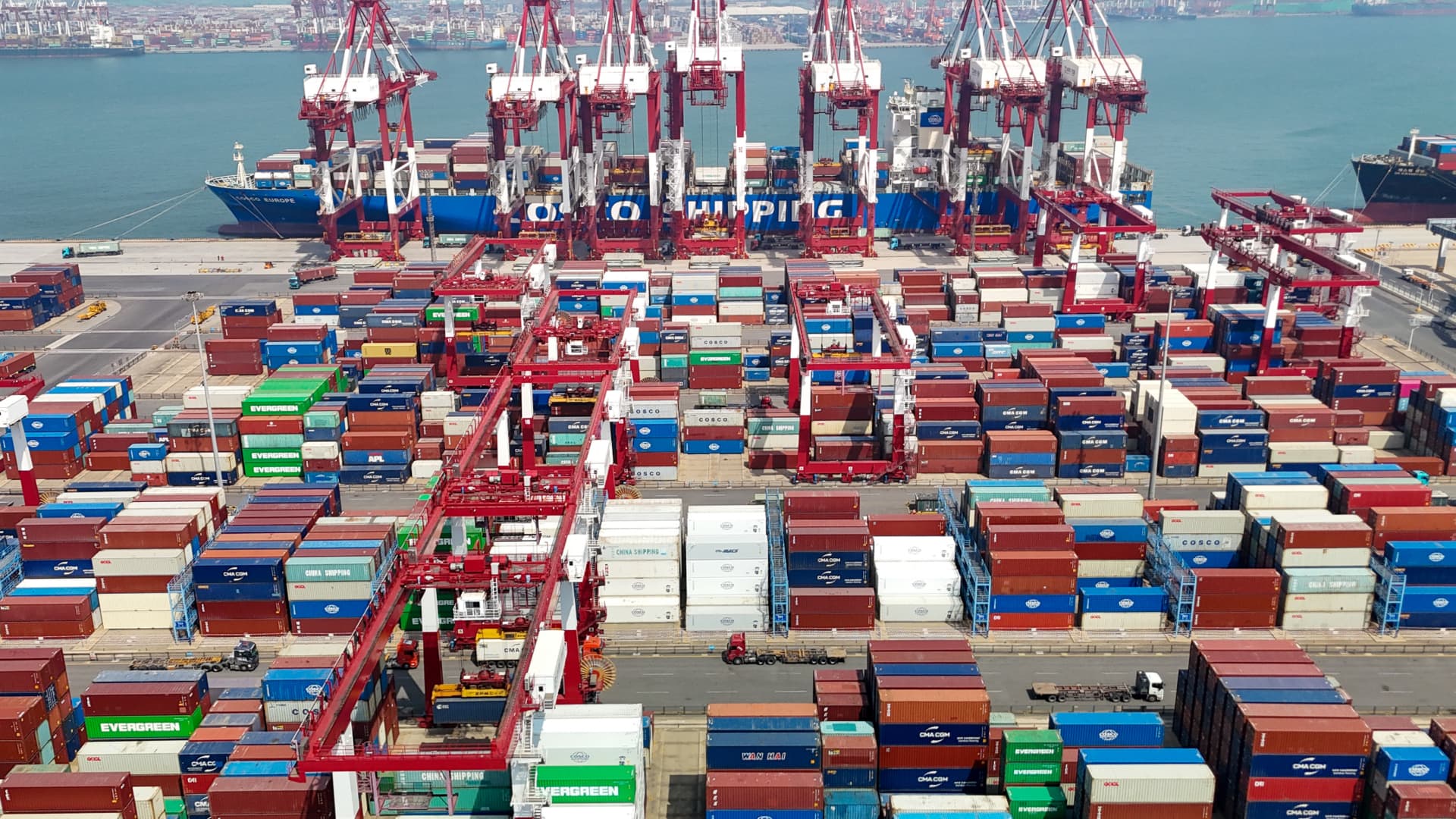Navigating the New Tariff Landscape: How Businesses Are Legally Bypassing U.S. Trade Barriers
The evolving landscape of U.S. tariffs, particularly those introduced during the Trump administration, has created a complex challenge for businesses engaged in international trade. Amid rising duties on goods imported from major trading partners like China, Mexico, and Canada, companies have been compelled to devise innovative strategies to mitigate the financial impact without violating laws. This report explores the legal workaround mechanisms, strategic responses, and broader implications of tariffs on business operations, revealing a landscape of creativity and adaptation rather than mere confrontation.
Understanding the Tariff Challenge
Tariffs, essentially taxes levied on imported goods, are intended to protect domestic industries but often carry unintended consequences for businesses and consumers alike. The tariffs imposed during recent years covered a wide range of products—durable goods, energy supplies, farm equipment, automobiles, and more—to significant percentages (up to 25% in some cases). The ripple effect of these measures extends beyond direct costs, upsetting supply chains, increasing prices, and injecting uncertainty into investment and operational planning.
China’s retaliatory tariffs on U.S. coal, liquefied natural gas, and other products only compounded these challenges, highlighting the tit-for-tat nature of trade conflicts. For businesses, particularly small and medium-sized enterprises that rely heavily on imports or export markets, absorbing these costs without passing them entirely to consumers has been a painful balancing act.
The “First Sale Rule”: A Legal Loophole in U.S. Customs Law
One notable legal strategy businesses have adopted is the application of the “first sale rule.” This customs provision allows importers to record the value of goods based on the price of the first sale in the supply chain rather than the final sale price. Since tariffs are calculated on the declared customs value of goods, lowering this value through the first sale rule can significantly reduce tariff liabilities.
For instance, a company might arrange for an intermediate sale in a third country where the sale price is lower, thereby leveraging the first sale rule to declare a reduced value upon import into the U.S. This tactic, while perfectly legal, requires meticulous documentation and compliance to withstand customs scrutiny.
Tariff Engineering: Reimagining Product Design and Supply Chains
Beyond valuation tactics, companies have embraced “tariff engineering” — creatively modifying products or their manufacturing processes to classify goods under tariff codes with lower rates or exemptions. This can involve minor changes in materials, assembly processes, or components that shift the product category just enough to benefit from more favorable tariff regimes.
Such engineering demands a deep understanding of tariff schedules and product classifications, alongside agile supply chain management. It reflects a broader trend where businesses don’t merely react passively to trade policies but proactively shape their operations to optimize tax outcomes.
Strategic Responses and Operational Adjustments
Businesses have also employed strategic operational changes in response to tariffs:
– Pulling Forward Orders: Anticipating tariff hikes, some firms accelerated import schedules to take advantage of lower rates before increases took effect. This “front-loading” required balancing inventory costs against tariff savings.
– Diversifying Suppliers: Companies explored sourcing materials or finished goods from countries not subject to additional tariffs, mitigating risk while maintaining supply continuity.
– Adjusting Pricing Strategies: While many tried to avoid passing increased costs directly to consumers, some price adjustments became inevitable, carefully managed to protect market share.
– Increasing Domestic Production: In some cases, tariffs stimulated investments to shift production phases back to the U.S., although this often involved significant capital expenditure and longer time horizons.
The Toll and the Silver Lining for Businesses
Tariffs have taken a tangible toll on businesses, particularly smaller ones with tighter margins and less flexible supply chains. Yet, many companies acknowledge that these legal workarounds and strategies have been crucial to survival amid uncertainty. For example, some firms credit these approaches with saving their business even as they grapple with the administrative complexities involved.
The constant uncertainty, with tariff impositions and postponements announced unpredictably, compounds planning difficulty, requiring businesses to remain adaptable and vigilant. The dynamic environment has fostered a new type of resilience and creativity, where legal maneuvering and strategic foresight become key competitive advantages.
Looking Ahead: The New Tariff Paradigm
As tariffs continue to evolve, perhaps with new political leadership or shifting geopolitical dynamics, companies must remain proactive. The new paradigm demands:
– Comprehensive Risk Assessment: Mapping both direct and indirect tariff exposure across the supply chain.
– Enhanced Supply Chain Visibility: To identify potential vulnerabilities and opportunities for tariff savings.
– Continuous Policy Monitoring: Staying informed about changes, delays, or new negotiations affecting tariffs.
– Legal and Compliance Acumen: Ensuring all tariff workarounds comply with customs law and regulatory expectations to avoid penalties.
– Cross-Functional Collaboration: Involving procurement, legal, finance, and operations teams in unified strategies to manage tariff impacts holistically.
Conclusion: Tariffs as a Catalyst for Innovation and Adaptation
While tariffs undeniably present significant hurdles, the response from businesses has underscored their capacity for innovation within legal frameworks. Techniques like the first sale rule application and tariff engineering reveal how regulatory knowledge can transform obstacles into manageable risks. Rather than passively enduring tariff burdens, companies are turning trade friction into a catalyst for rethinking supply chains, pricing, and product design.
The journey through tariff limbo is complex and fraught with challenges, but it also spotlights the ingenuity and resilience of businesses determined to thrive even amid policy turbulence. The ability to adapt swiftly and legally has become an essential skill in the modern global marketplace, suggesting that the future of trade will be shaped not only by tariffs themselves but by the savvy of those who navigate them.





